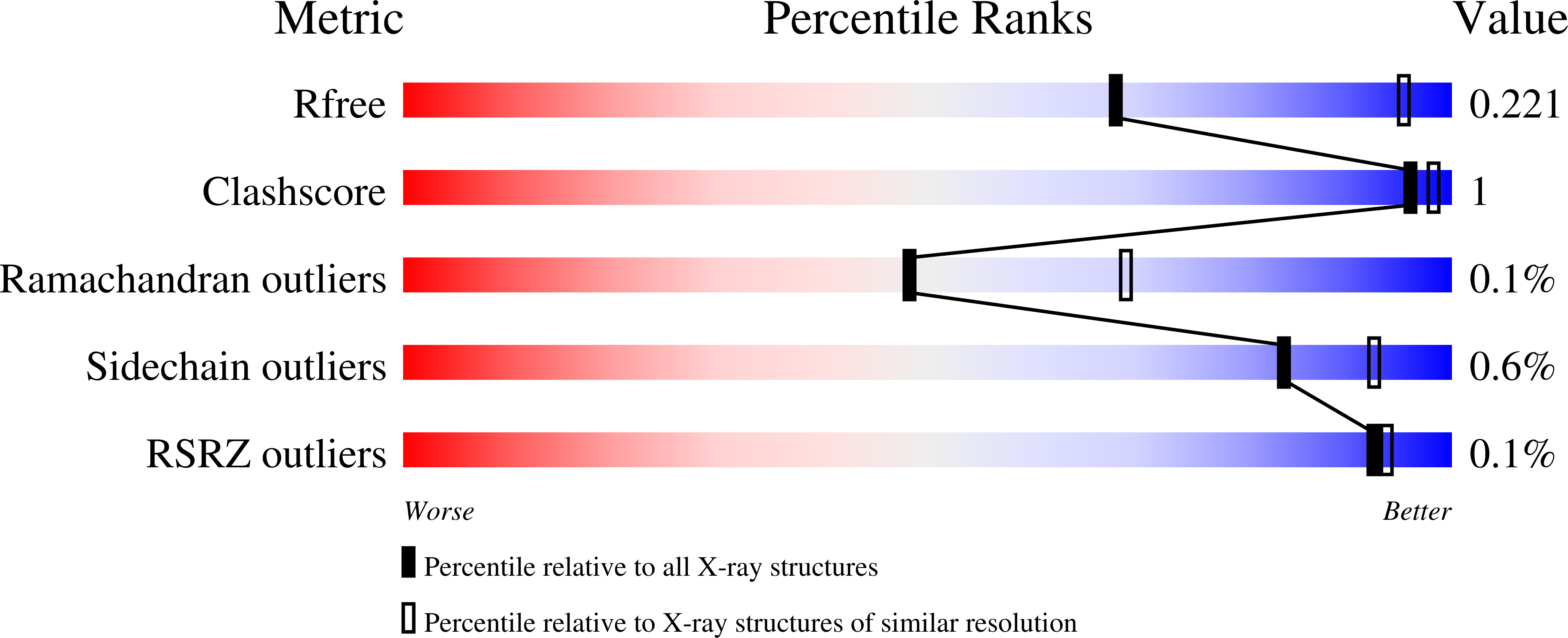
Deposition Date
2023-12-31
Release Date
2024-09-04
Last Version Date
2025-03-12
Entry Detail
PDB ID:
8VH8
Keywords:
Title:
Crystal structure of heparosan synthase 2 from Pasteurella multocida at 2.85 A
Biological Source:
Source Organism:
Pasteurella multocida (Taxon ID: 747)
Host Organism:
Method Details:
Experimental Method:
Resolution:
2.85 Å
R-Value Free:
0.22
R-Value Work:
0.19
R-Value Observed:
0.19
Space Group:
P 43


